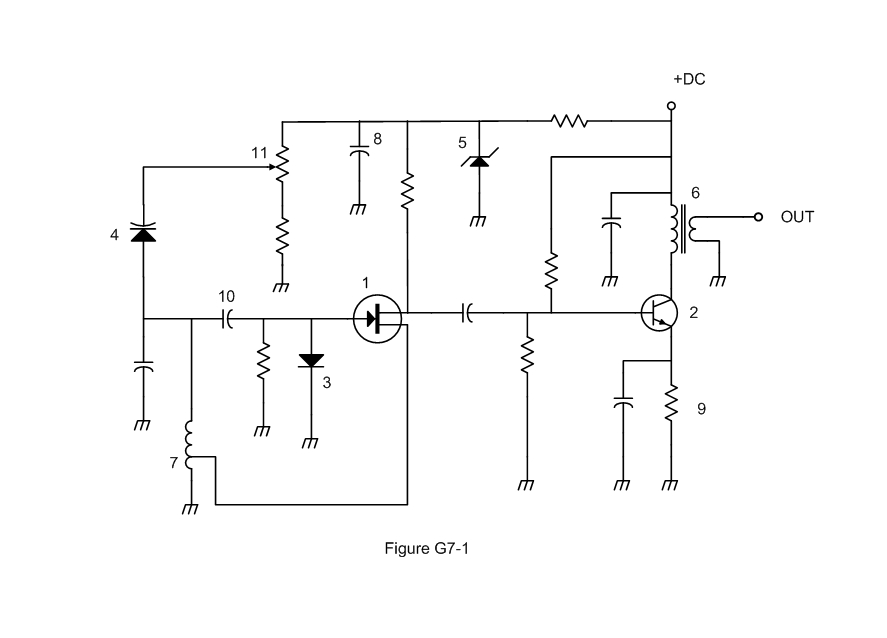Group G7A - - Power supplies; schematic symbols
G7A01 (B)
What is the function of a power supply bleeder resistor?
- A. It acts as a fuse for excess voltage
- B. It discharges the filter capacitors when power is removed
- C. It removes shock hazards from the induction coils
- D. It eliminates ground loop current
G7A02 (C)
Which of the following components are used in a power supply filter network?
- A. Diodes
- B. Transformers and transducers
- C. Capacitors and inductors
- D. All these choices are correct
G7A03 (A)
Which type of rectifier circuit uses two diodes and a center-tapped transformer?
- A. Full-wave
- B. Full-wave bridge
- C. Half-wave
- D. Synchronous
G7A04 (A)
What is characteristic of a half-wave rectifier in a power supply?
- A. Only one diode is required
- B. The ripple frequency is twice that of a full-wave rectifier
- C. More current can be drawn from the half-wave rectifier
- D. The output voltage is two times the peak input voltage
G7A05 (B)
What portion of the AC cycle is converted to DC by a half-wave rectifier?
- A. 90 degrees
- B. 180 degrees
- C. 270 degrees
- D. 360 degrees
G7A06 (D)
What portion of the AC cycle is converted to DC by a full-wave rectifier?
- A. 90 degrees
- B. 180 degrees
- C. 270 degrees
- D. 360 degrees
G7A07 (A)
What is the output waveform of an unfiltered full-wave rectifier connected to a resistive load?
- A. A series of DC pulses at twice the frequency of the AC input
- B. A series of DC pulses at the same frequency as the AC input
- C. A sine wave at half the frequency of the AC input
- D. A steady DC voltage
G7A08 (C)
Which of the following is characteristic of a switchmode power supply as compared to a linear power supply?
- A. Faster switching time makes higher output voltage possible
- B. Fewer circuit components are required
- C. High-frequency operation allows the use of smaller components
- D. Inherently more stable
